Zinc is the most commonly used die casting metal for many reasons. It is among the simplest alloys to cast, providing high impact strength, high ductility, and simple plating. Read More…
Precision die castings plus a multitude of related services, including engineering, designing, machining, finishing and assembly, occur at A and B Die Casting. Specializing in low to medium volume solutions, we also offer competitive prices.
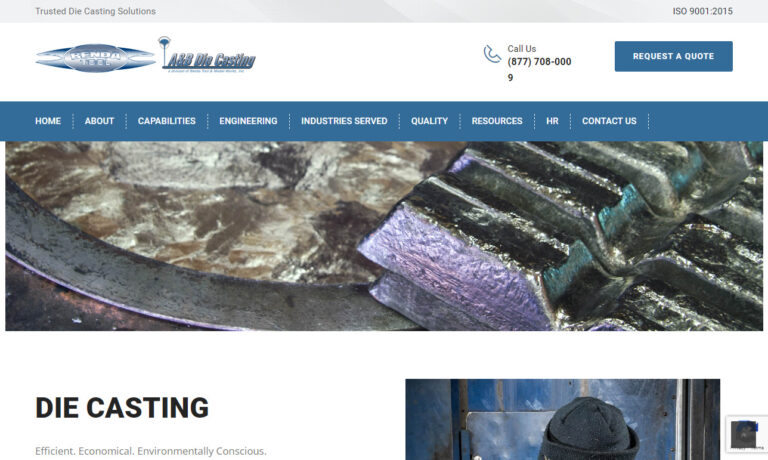
Carteret Die Casting has grown from a two man and two machine operation in a tiny 1000 square foot space, to a company that has over 20 state-of-the-art equipment.
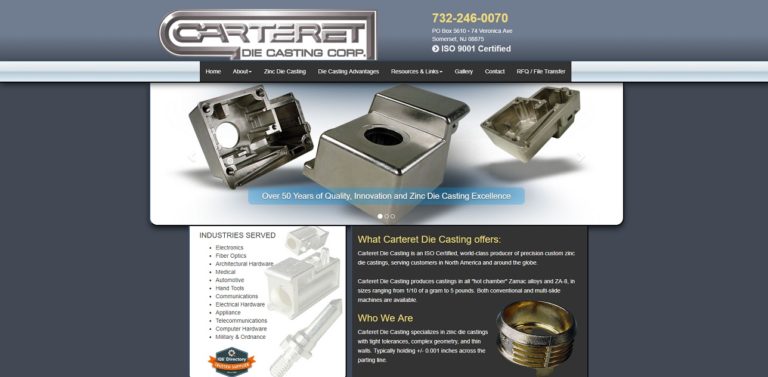
Precision Die Casting since 1950. Aluminum die casting and zinc die casting for aerospace, electronic, commercial industries. Turnkey operations from design or your blue print to assembly.
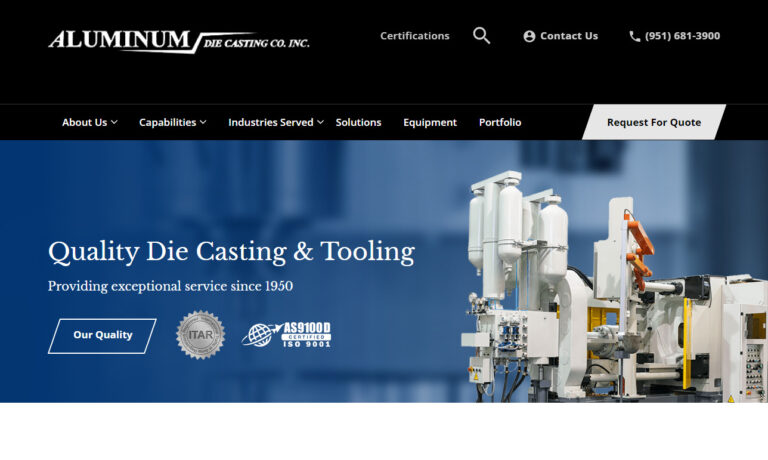
Modern Aluminum Castings offers customers full-service die castings and related capabilities from design to delivery. We work with a large variety of metal options, making us your one-stop source.
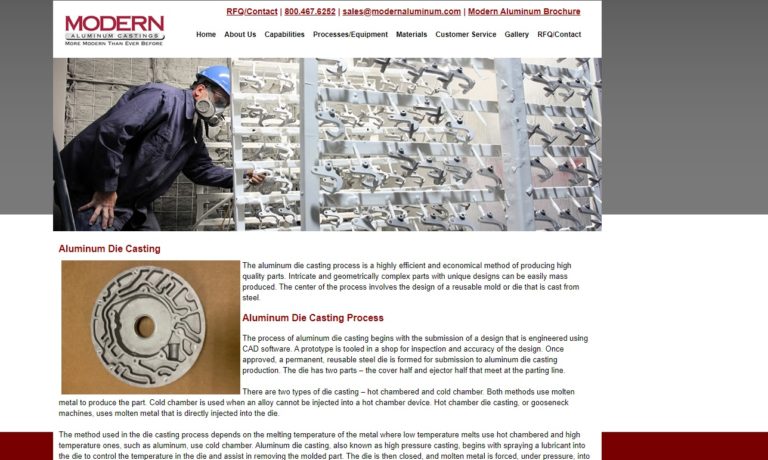
Carpenter Die Casting is more than just a die-casting manufacturer; we are your reliable partner in bringing your ideas to life. With decades of experience, a dedication to quality, and a proven track record, we stand ready to contribute our expertise to your next project. Discover the Carpenter Die Casting difference – where innovation meets tradition, and excellence is our standard.

More Zinc Die Casting Companies
What are Zinc Die Castings?
Zinc also has a lower melting point, meaning that lower heat can be used in the casting process, doing less harm to the die and enabling long die life. A long die lifespan means that a die can be utilized for longer durations before it has to be retooled, minimizing costs for business.
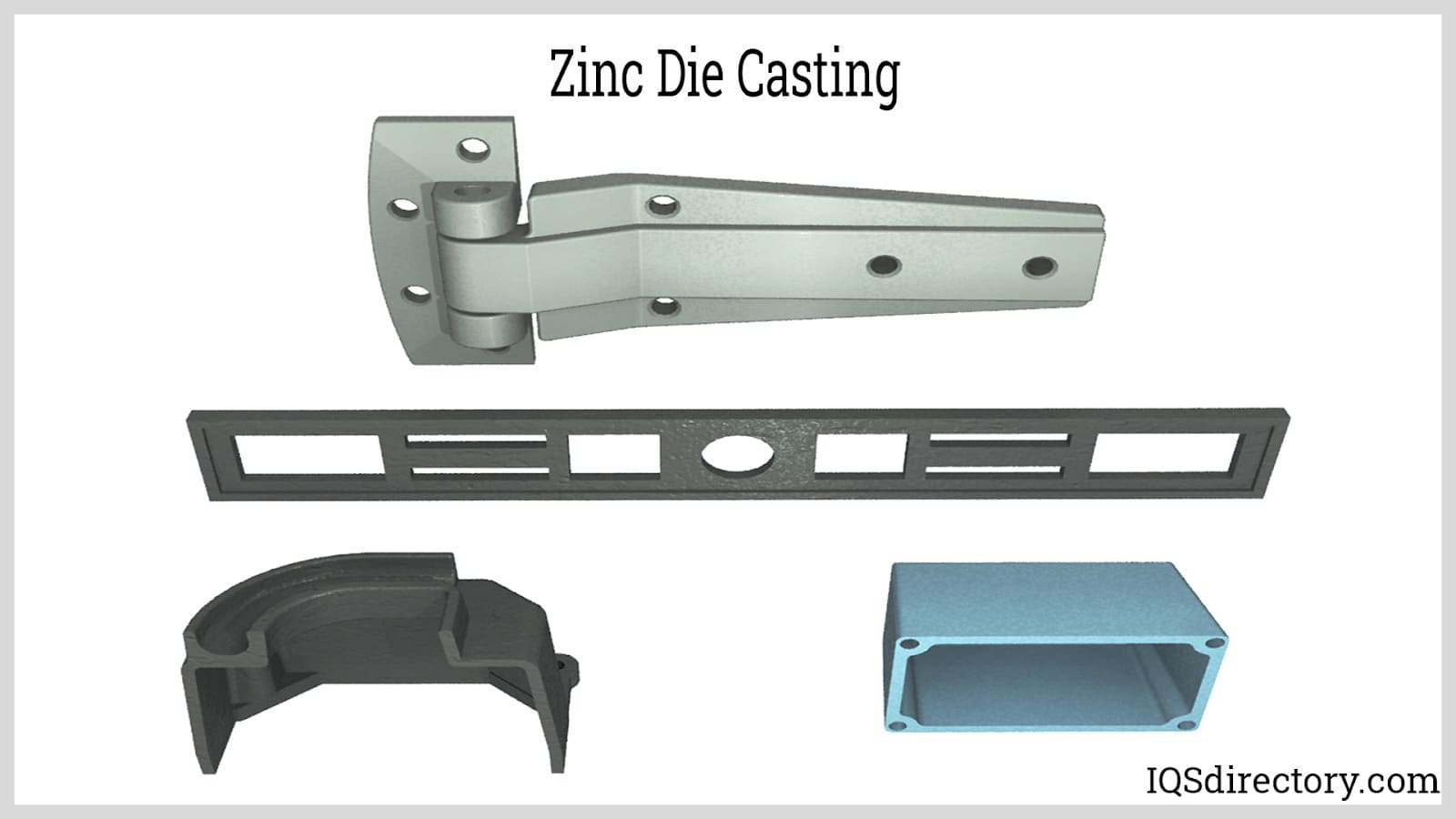
As with injection molding, the core of the operation is to create a tool, in this instance, a zinc die casting tool. It is a machine designed to operate in a challenging environment and can often be costly. However, these costs may be reduced by guaranteeing that the design is made “molding friendly” by a competent design team.
Die Casting is placing liquid metal into a die (like a mold) under high pressure to create sophisticated parts out of metal. Die casting is similar to injection molding, only with metal and not plastic.
Zinc Die Casting Process
The high-pressure zinc die casting procedure is done in an automatic machine fit to handle high pressure. The liquid metal is pushed inside a two-piece steel die with one or more cavities; each is an accurate inverse copy of the component or components.
The mechanical characteristics of pressure zinc die casting are usually superior to other casting procedures because of the rapid chill and quick solidification when the liquid metal comes in contact with the cooler steel side. Zinc can use both cold and hot chamber casting processes:
Hot Chamber Die Casting
In the zinc hot chamber die casting procedure, the injection instrument of a hot chamber machine is submerged in a liquid metal bath in a metal holding furnace. After the metal solidifies inside the cavity, the plunger is removed.
The die opens up, and the casting is ejected. The furnace is joined to the machinery by a metal feeding mechanism called a gooseneck.
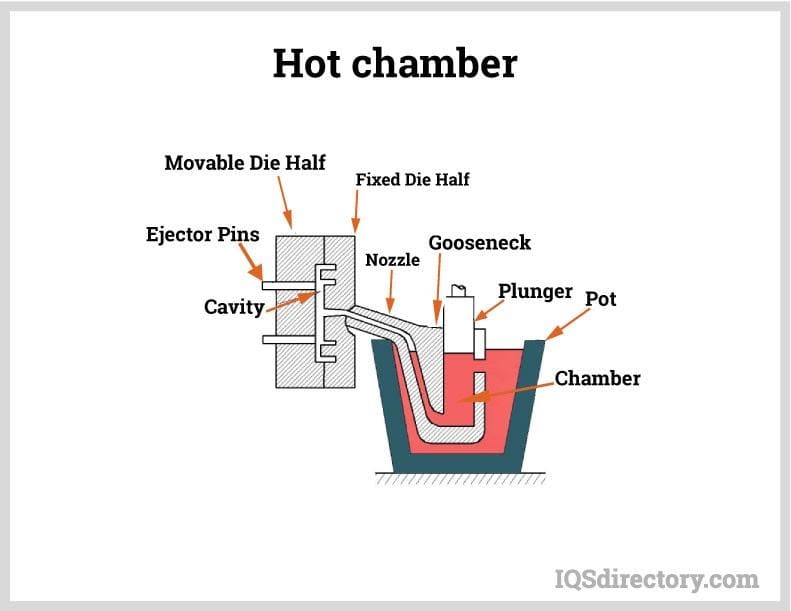
The zinc hot chamber die casting processes can produce 4 or 5 shot outputs per minute.
Cold Chamber Die Casting
The cold chamber die casting method is the opposite of the hot chamber process. In cold chamber die casting, liquid metal is fed into the cold chamber or cylinder-shaped sleeve using a ladle. A hydraulically controlled plunger closes the cold chamber port, then forces the molten metal inside the die cavity under high pressure.
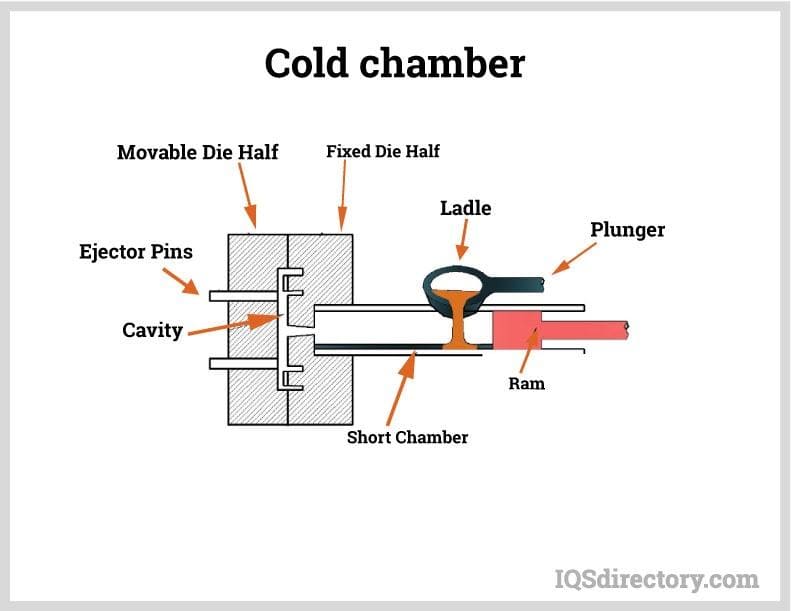
Accuracy and Considerations of Zinc Die Casting
The die casting process offers the ability to repeatedly create complete and highly accurate parts, making it a great choice for mass production.
Due to the advantages of zinc alloys, durable and dimensionally stable components are produced without compromising the requirement for close tolerances.
Dimensional Stability
- Conventional zinc alloys have outstanding dimensional stability properties when cast.
Draft Angles
- Zinc die castings help when considering draft angles.
- Zinc alloys can be die cast with less draft angle than most competitive metals.
- There are also certain instances where parts may be cast with zero draft angles. This is a major benefit when producing components in moving mechanical contacts like gears.
Fluidity
- Zinc alloys offer superior thin wall castability since they have exceptional casting fluidity.
Tolerances
- Zinc die casting produces parts with high degrees of accuracy and volume.
- More often than not, it rivals machining tolerance and can be utilized to cast closer tolerance than any molded metal or plastic.
Advantages of Zinc Die Casting
There are many advantages of using Zinc die castings over others:
- Wall sections are thinner than other metals due to high casting fluidity
- High production rates
- Few secondary machining processes
- Smooth surfaces of finished products
- Simple to cast inserts such as heating elements, threaded inserts, and high-strength bearing surfaces
- Can cast low fluidity/viscous metals
- Highly accurate dimensions
- High tensile strengths
Applications of Zinc Die Casting
Many applications can use zinc die casting, including:
- Interior automotive artistic parts
- Engines and other hood components
- Power steering systems
- Brake parts and systems
- Air conditioning components and systems
- Fuel systems
- Complex net-shaped housings
- Electronic devices
Choosing the Proper Zinc Die Casting Business
For the most productive outcome when choosing a zinc die casting business, it is important to compare several companies using our directory of zinc die casting companies, Each zinc die casting company has a business profile page highlighting the areas of experience and capabilities, along with a contact form to directly communicate with this business for more information or request a quote. Review each zinc die casting business using our proprietary website previewer for a better understanding of what each business specializes in. Then, use our simple RFQ form to contact multiple zinc die casting companies with the same form.

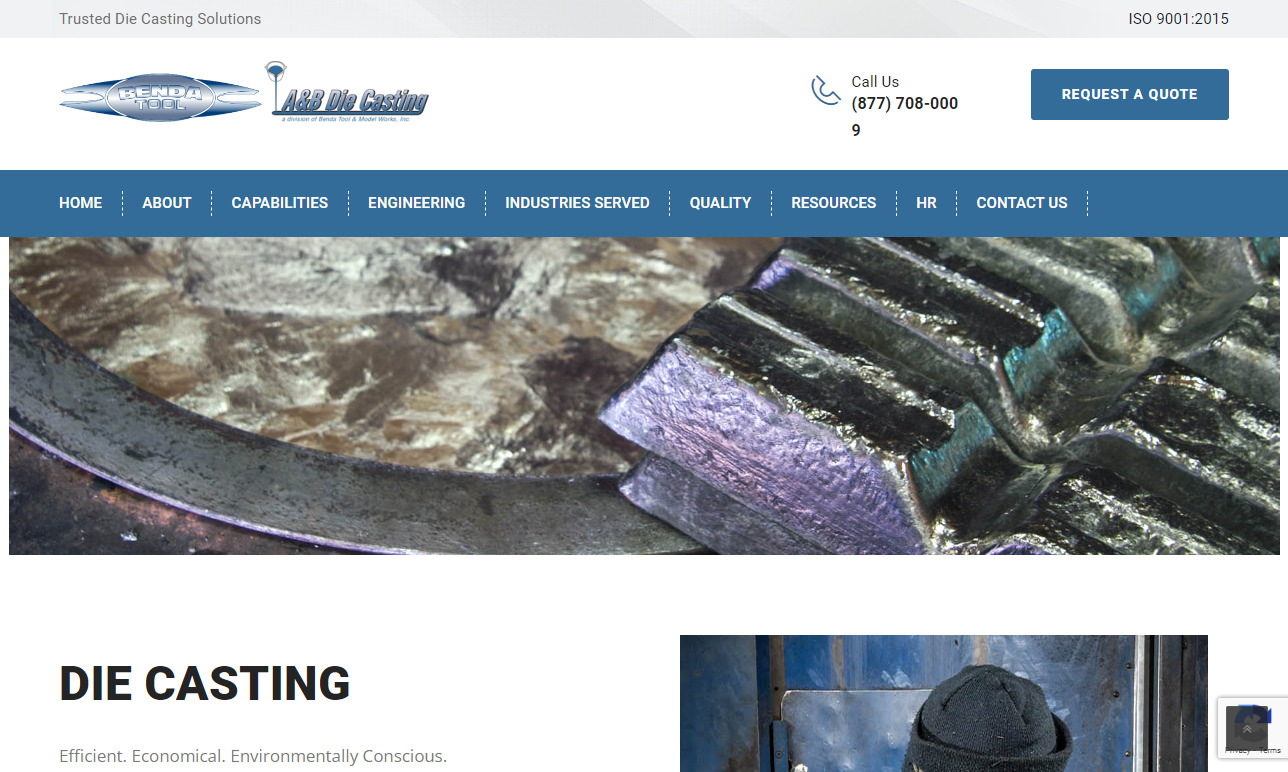
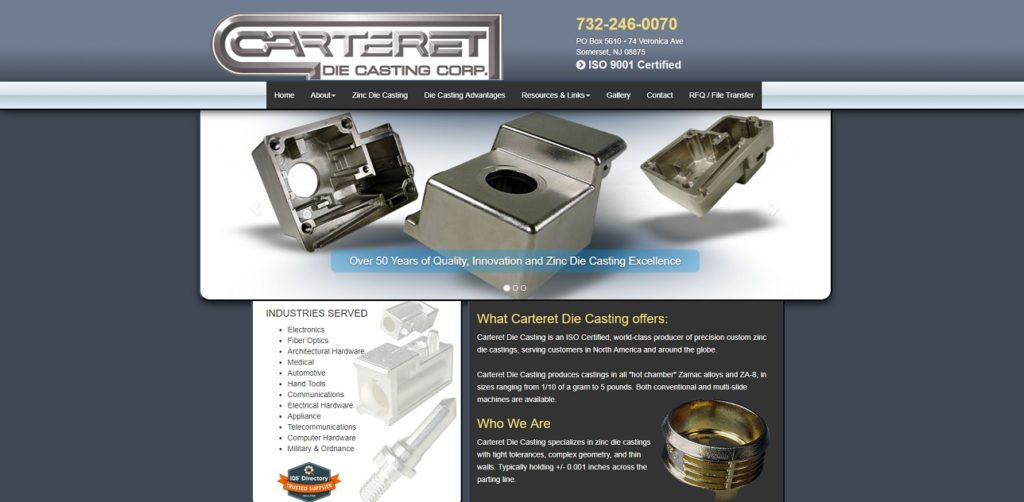
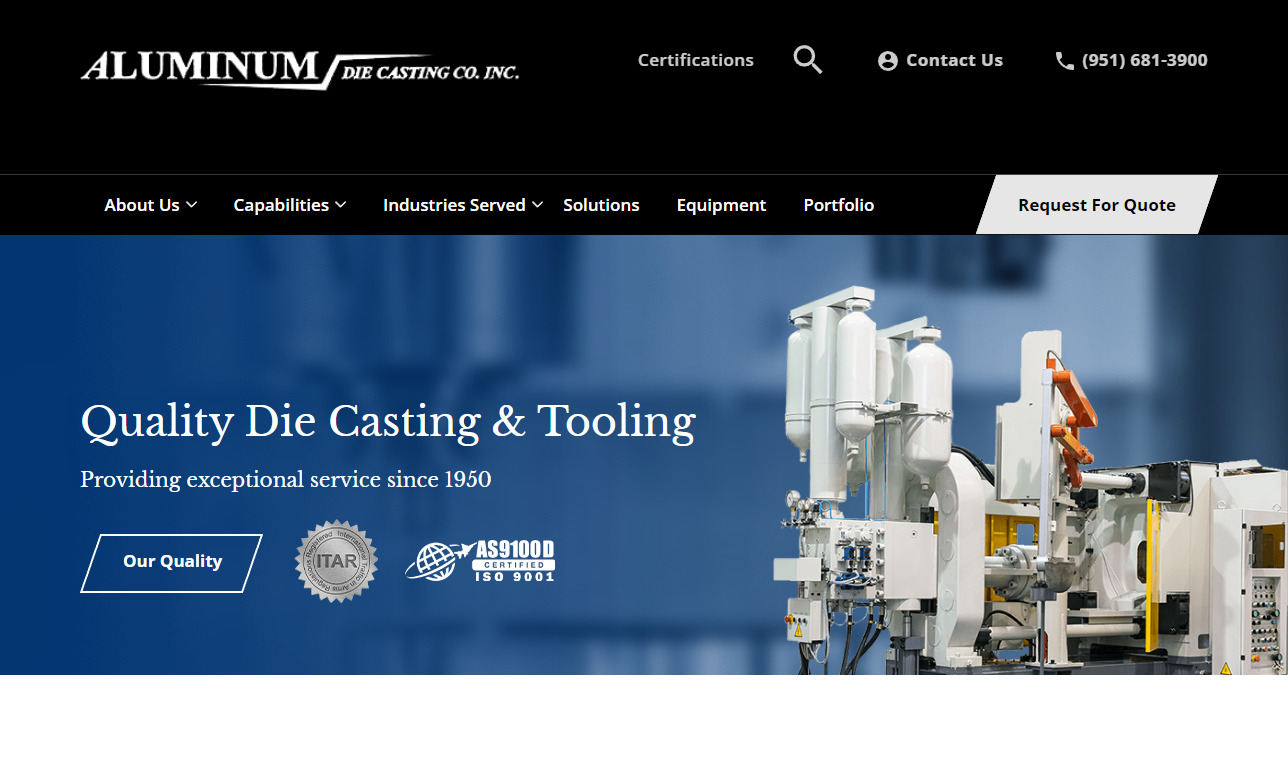
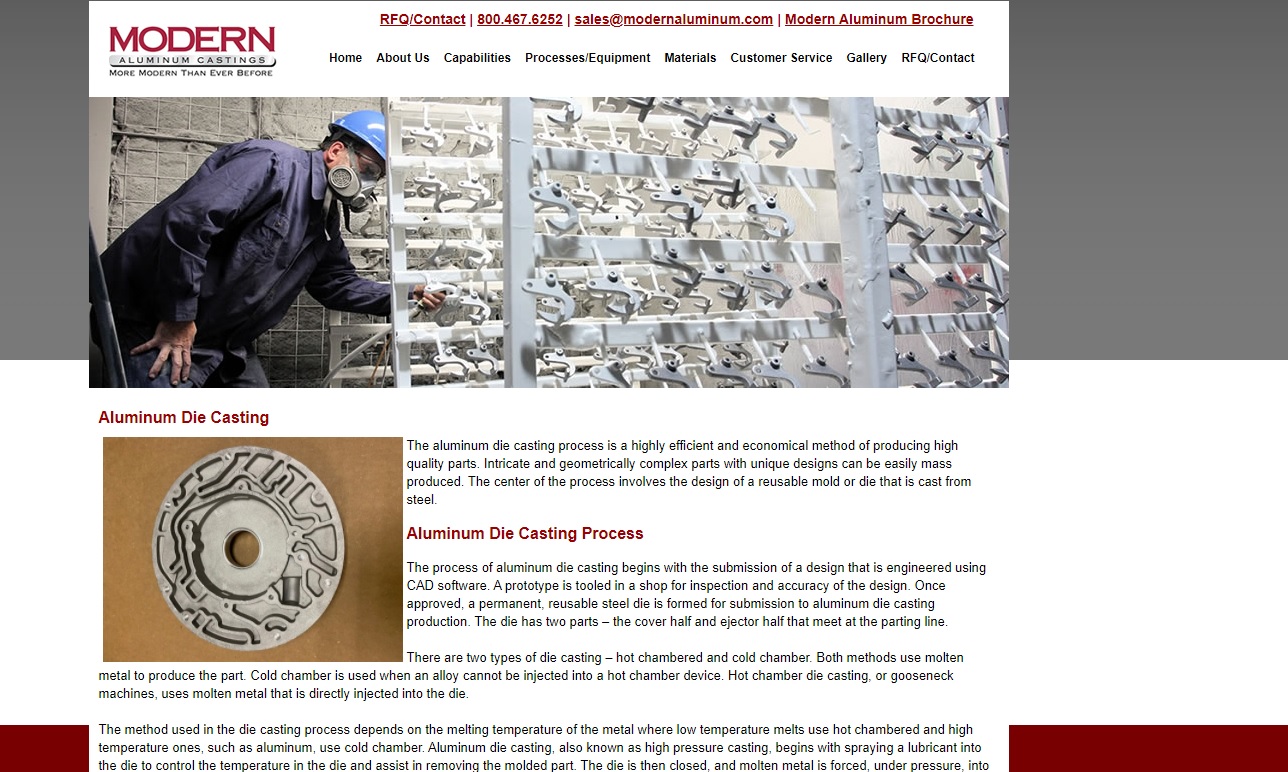
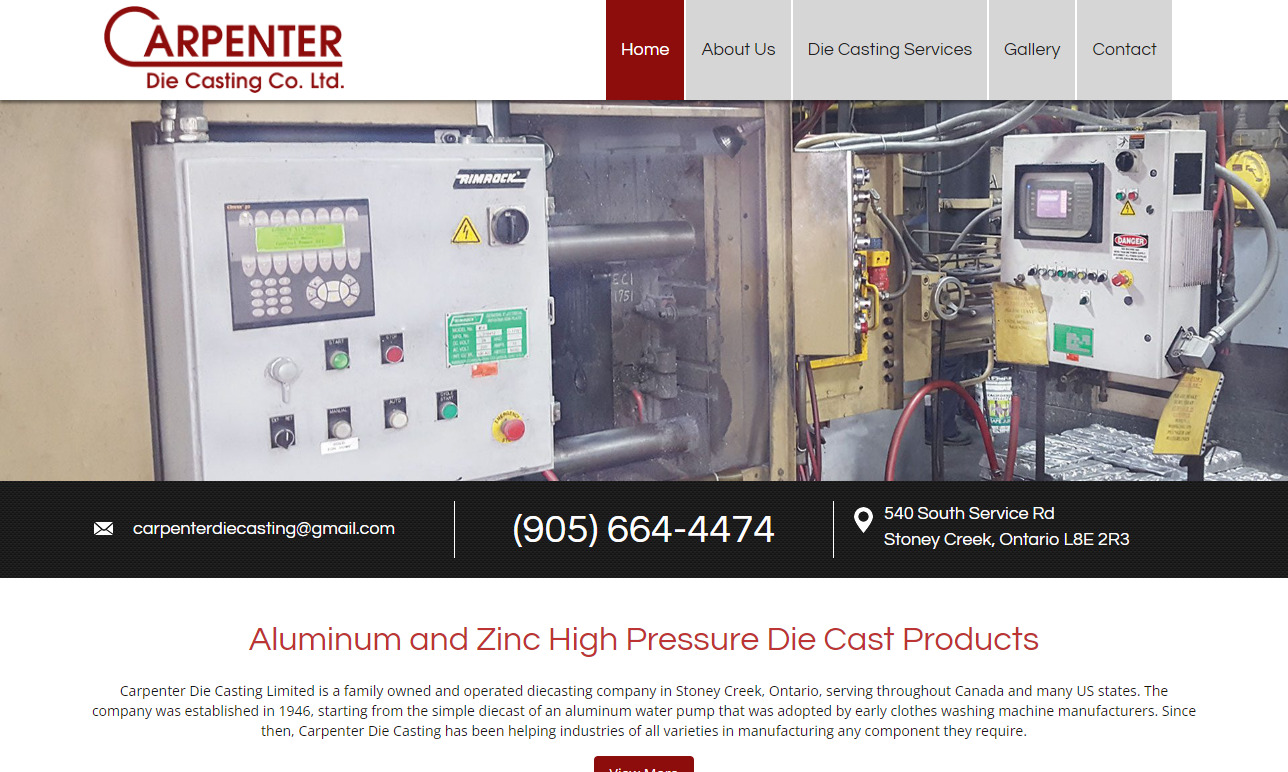

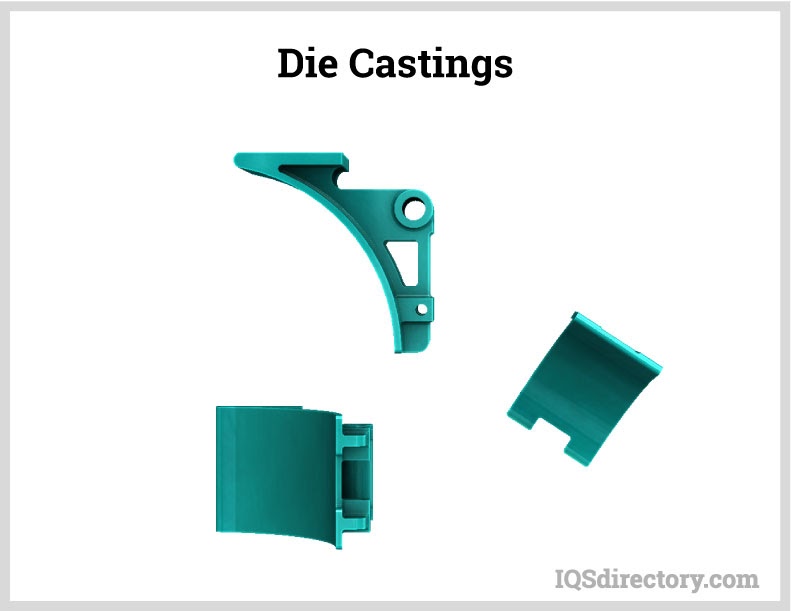
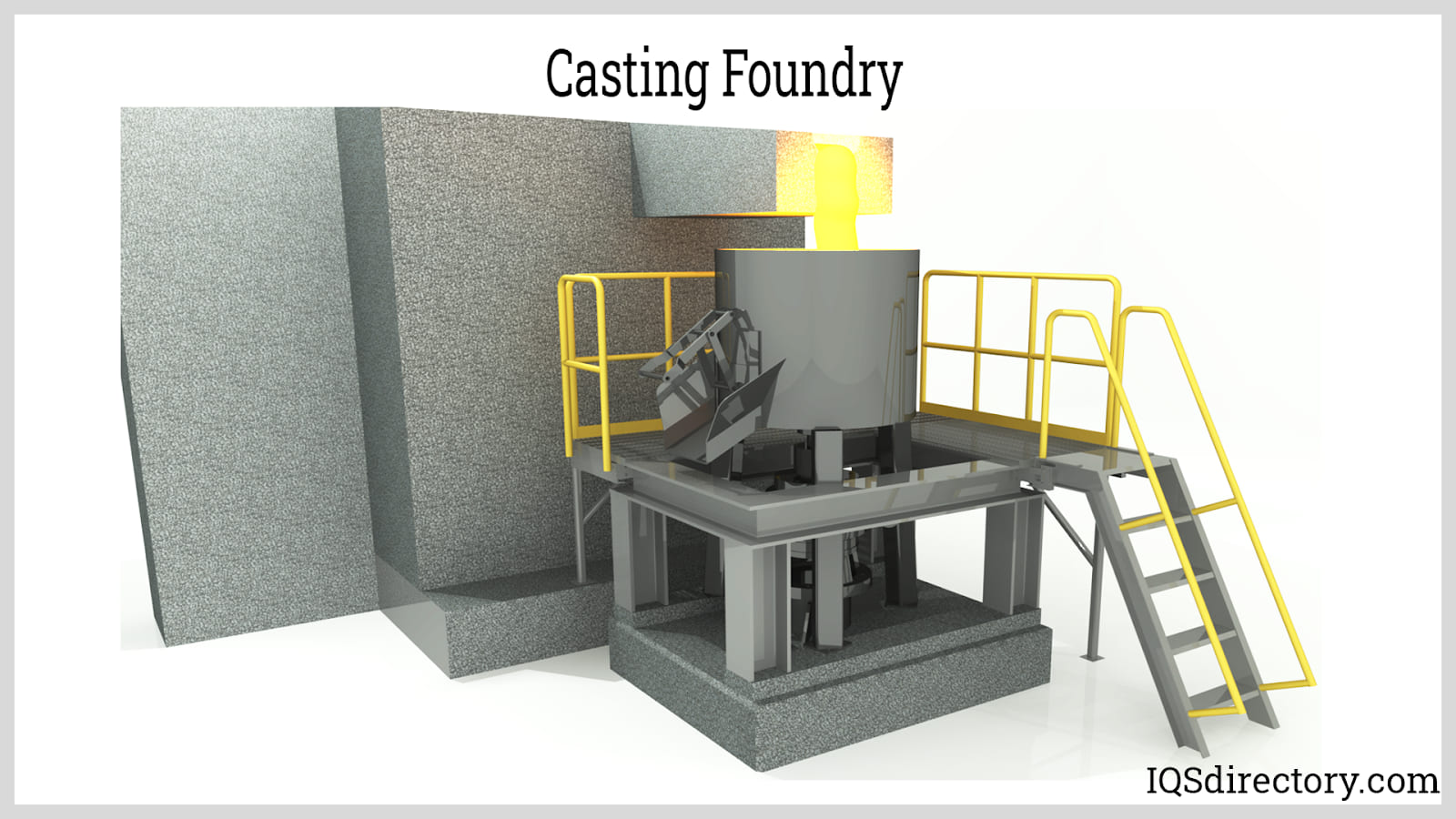
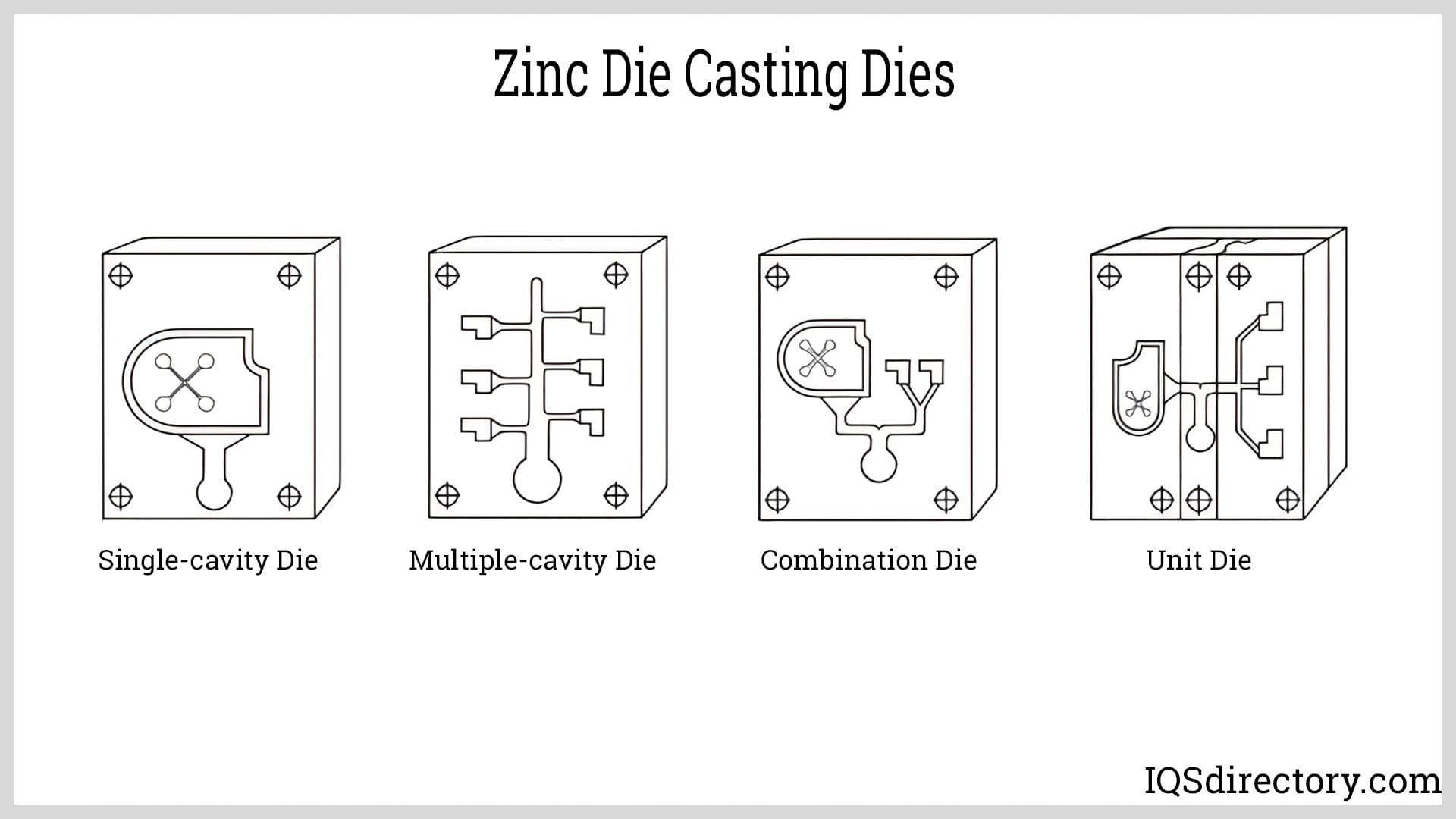
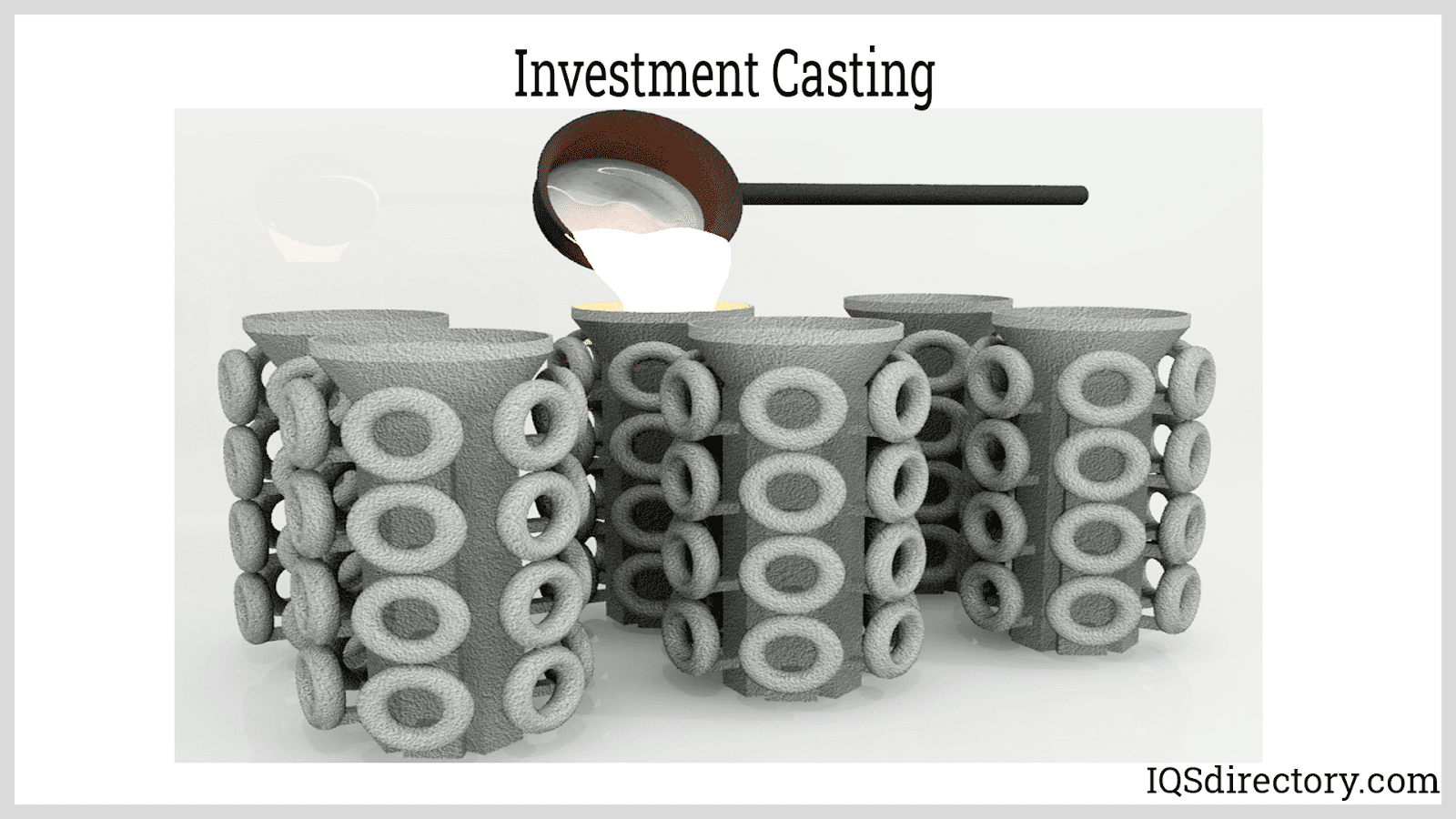
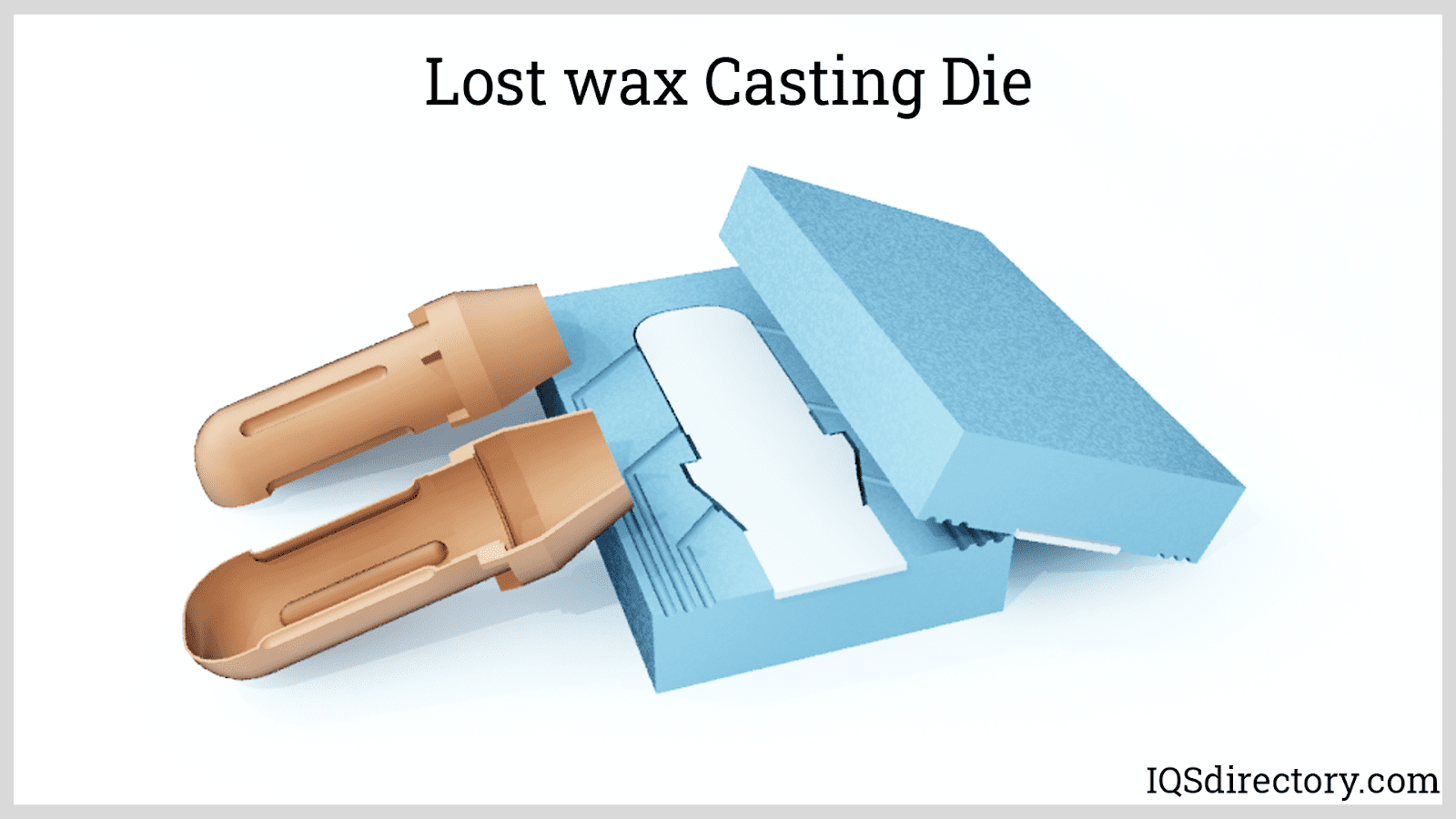
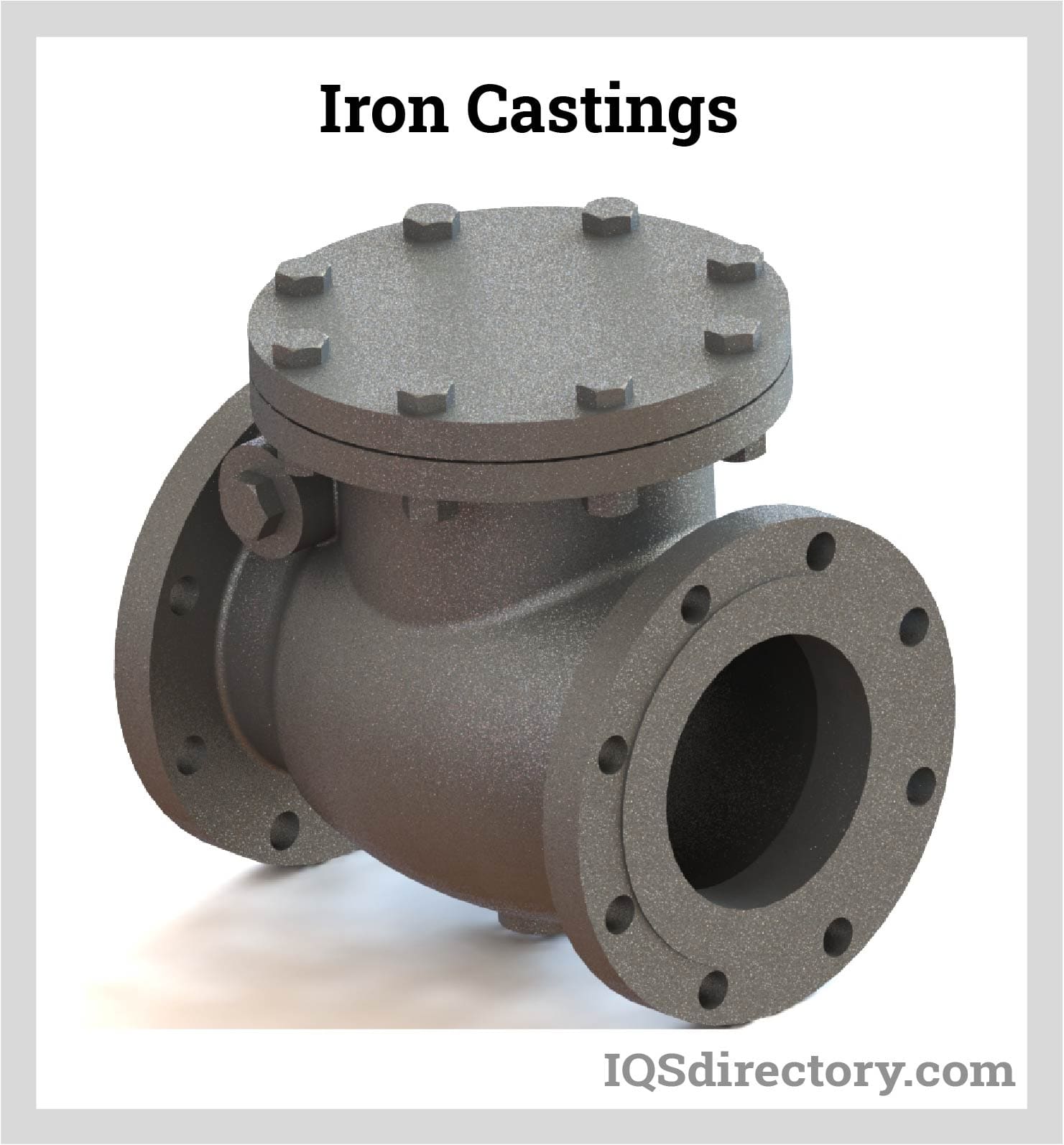
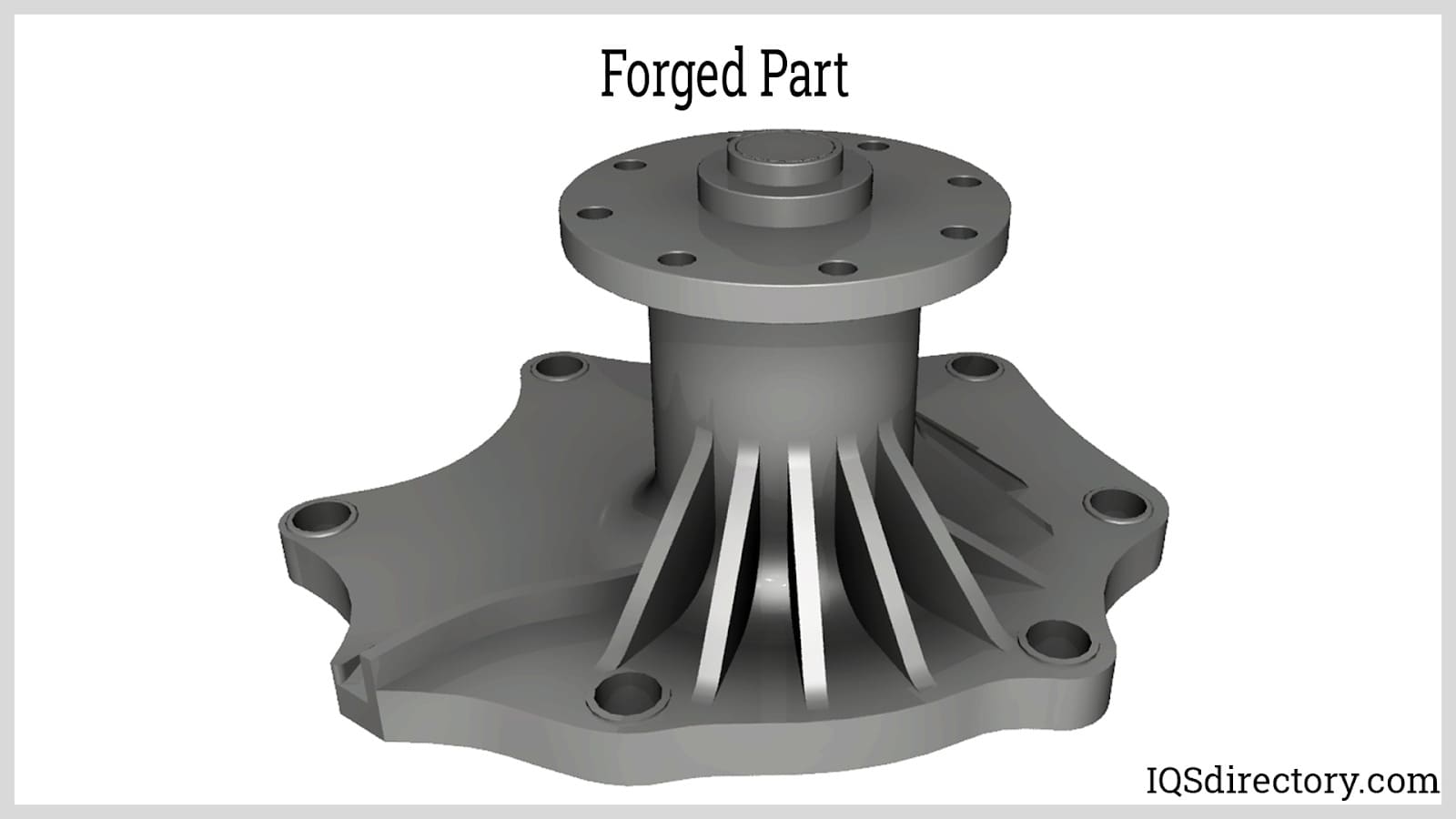
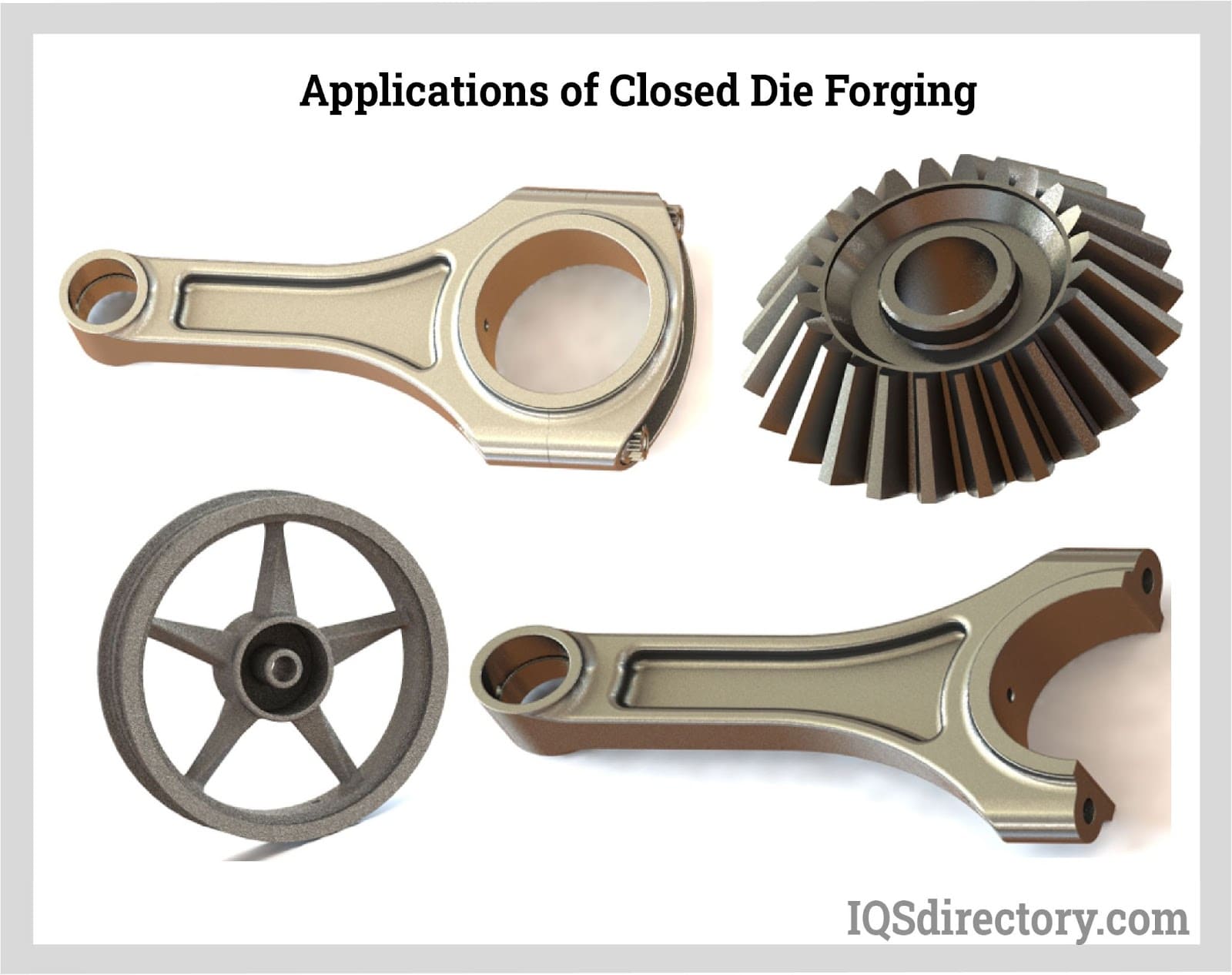
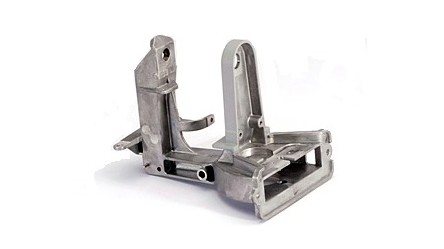 Die Castings
Die Castings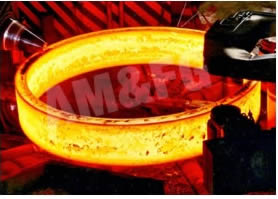 Forgings
Forgings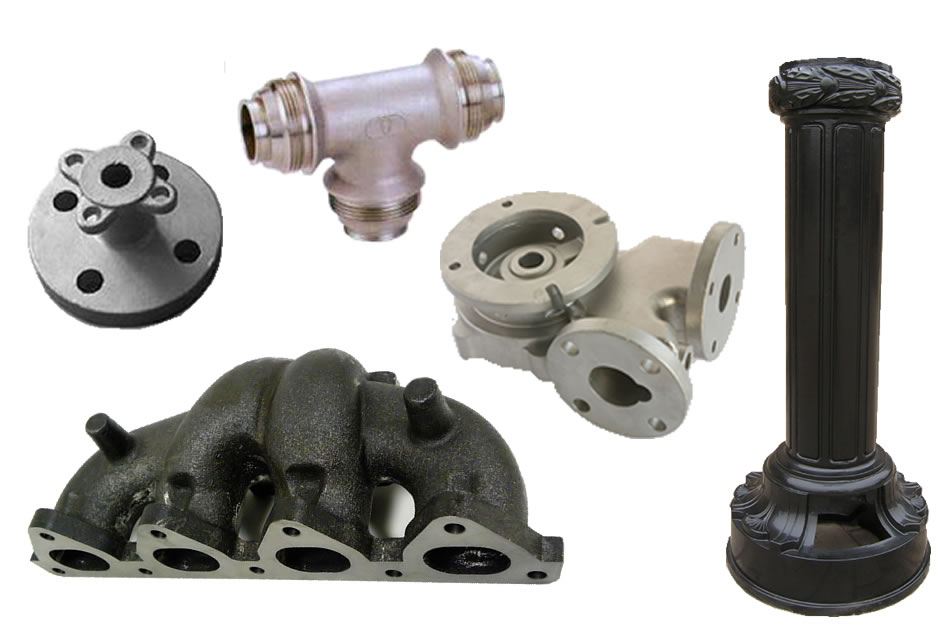 Grey Iron Castings
Grey Iron Castings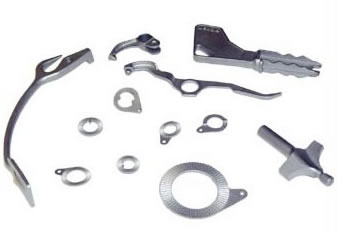 Investment Castings
Investment Castings Castings & Forgings
Castings & Forgings Bulk Material Handling
Bulk Material Handling Electrical & Electronic Components
Electrical & Electronic Components Flow Instrumentation
Flow Instrumentation Hardware
Hardware Material Handling Equipment
Material Handling Equipment Metal Cutting Services
Metal Cutting Services Metal Forming Services
Metal Forming Services Metal Suppliers
Metal Suppliers Motion Control Products
Motion Control Products Plant & Facility Equipment
Plant & Facility Equipment Plant & Facility Supplies
Plant & Facility Supplies Plastic Molding Processes
Plastic Molding Processes Pumps & Valves
Pumps & Valves Recycling Equipment
Recycling Equipment Rubber Products & Services
Rubber Products & Services